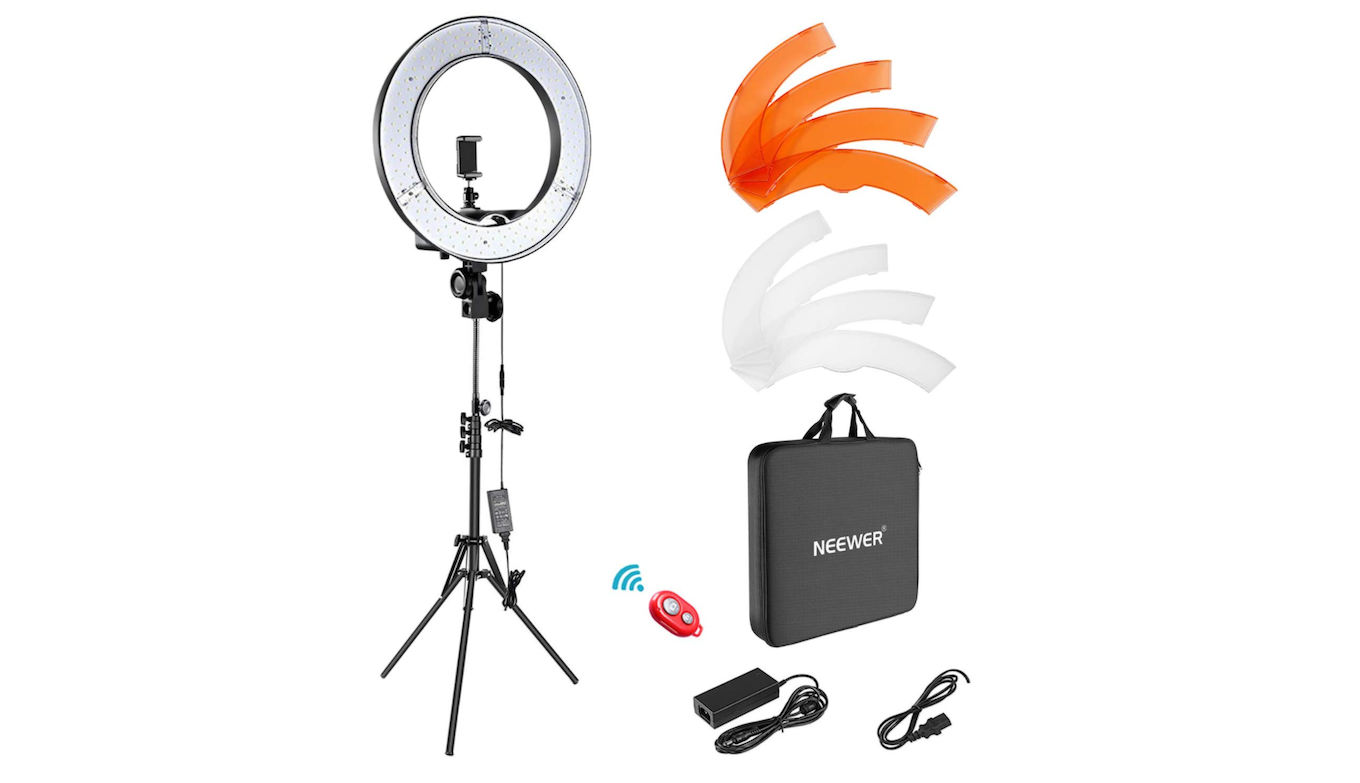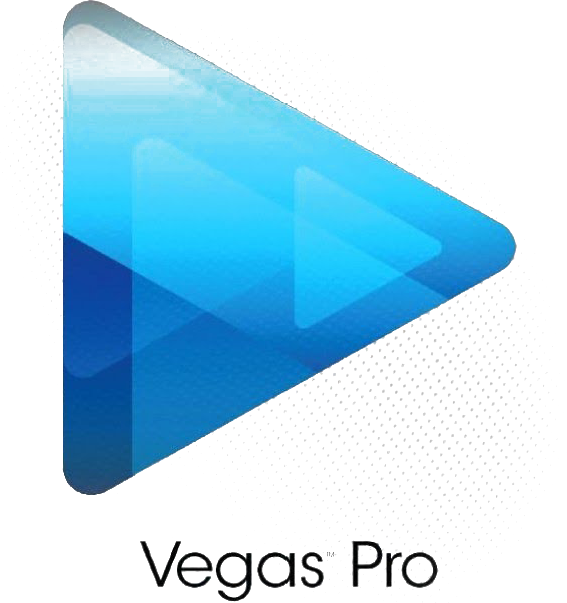
Things You Need to Start a Youtube Channel
Essential Things You Need to Start a YouTube Channel Successfully
Have you always wanted to try your hand at starting a YouTube channel? Whether as a hobby or potential source of income, getting started on YouTube isn't as difficult as you may have been led to believe.
While you need to do a little homework and form a plan before you can begin, the good news is that you don't need the most expensive equipment, an elaborate setup, or professional editing skills to create a successful YouTube channel.
Planning and Preparation
Define Your Channel's Purpose and Niche
Launching a successful YouTube channel begins with a clear purpose and strategic focus. Your niche is the foundation of your content strategy and will determine your target audience, content type, and long-term growth potential. Begin by asking yourself why you're making a channel, who your potential audience is, and what you hope to accomplish with it.
In other words, think about the "genre" of content you find yourself most interested in. What kind of videos sound exciting to work on and research? Ideally, this should be an area where you have some preexisting knowledge or expertise, but it isn't always necessary. For instance, if you're interested in astronomy and outer space, you don't need to be a physicist or astronomer yourself to make informative and entertaining YouTube videos on the subject.
Additionally, it's important to consider the market dynamics of your selected niche. Identify the nature of content, editing style, tone, trends, and audience sentiment to see where you can add value. It's important to be part of the "community" you want to add to.
Here's a summarized checklist for selecting a channel niche.
Balance Passion and Expertise: Pick a niche area that interests you, excites you, and is within your scope of knowledge and skills. Remember, when you are truly passionate about something, providing answers becomes much easier, which translates into quality content for your users.
Identify Existing Gaps in the Market: Research and identify topics that have a broad scope of audience engagement. Think of the gaps that existing creators have failed to address or solve and offer unique solutions and entertaining content.
Having A Long-Term Goal: Having a broad niche allows you to have variety in your content, but it is essential to stick to a clearly defined brand. This balance will allow you to remain motivated to create great content consistently and avoid burning out.
Research Your Competition and Target Audience

A successful YouTube channel means high video quality. Quality is subjective, of course, but anything entertaining or informative in a way that other videos aren't is a good way to think about it. To that end, it's important to analyze and examine what your competition is up to.
Start by identifying who the top creators in your niche are and study their YouTube channels thoroughly. You're bound to spot various trends, from the video topics to the length of videos to the thumbnails and more. You should also watch their YouTube videos with the question of "what's missing" in the back of your mind. What aspects of the videos leave room for improvement or innovation?
The way these YouTube channels create content is a great starting blueprint, but when it's time for you to create videos on your own YouTube channel, the goal should be to take the best elements from these creators while targeting the areas where you've identified gaps. Thus, you should take your time when brainstorming video ideas.
In short, you should:
Analyze Other Creators: Study successful channels in your niche, examining their content style, video formats, audience engagement, and posting frequency.
Identify Content Gaps: Discover underserved areas within your specific niche where you can provide unique perspectives or solutions.
Audience Demographics: Understand your potential viewers' age, interests, preferences, and online behaviors to tailor your content effectively.
Create a Content Strategy and Plan

Once you have a more concrete idea of the kind of YouTube videos you want to create, it's time to craft a content strategy. This will serve as a roadmap for your YouTube channel, guiding you along the way so you don't get overwhelmed.
Your strategy should cover a few important areas related to video creation: video ideas, video editing style, posting schedule and frequency, length of videos, and more. This will be informed by the homework done in the previous steps, so make sure you've conducted the necessary research. Although this will come to you naturally with experience, for now, you should try to estimate how long each upload will take you. From scripting to having to record videos to editing, the process can be time-consuming for a novice. As such, you need to be realistic with the deadlines, posting frequency, and the video ideas you aim to execute.
Here's how to develop a well-structured content strategy for your YouTube channel:
Content Pillars: Develop 3-5 core content categories that define your channel's focus.
Content Calendar: Plan video topics in advance, ensuring consistent and diverse content.
Series and Themed Content: Create recurring video series that encourage subscriber retention and anticipation.
Creating High Quality Videos
Many aspiring YouTubers are under the impression that they need professional recording equipment with the best audio quality and most impressive video quality, edited meticulously in expensive software. The reality is that you can start recording and edit content almost entirely with your smartphone alone. They may not be the most amazing videos on the platform, but they can certainly be very good for a YouTuber just starting their journey.
So, as we dive into the basic equipment you need to start your YouTube channel, remember that ingenuity and effort are far more valuable than having the most expensive YouTube equipment and gear. Since this article is for aspiring creators looking to start a YouTube channel, the gear recommendations are all budget-friendly options that will serve anyone in their first few years on the platform.
Equipment and Software for YouTube Videos
Here are some tips for finding the right equipment:
Camera:
This depends on the nature of your content, but generally speaking, a smartphone camera is usually decent enough to record videos. If you've got an iPhone 12 or higher, the video quality should be more than enough for most forms of content.
If your style of YouTube videos requires better quality or you eventually save up enough for an upgrade, then a very good camera to start with is the Sony ZV-1F Vlog Camera for Content Creators and Vloggers

Lighting: An average camera with good lighting is far superior to a great camera with bad lighting. You have the option of ring lights, softbox lights, or natural lighting techniques. This will depend on where (and when) your video content is shot, as well as the type of content. Here are a few budget-friendly options you can pick from depending on your use case.



Microphone:
This is another area where your mobile phone may suffice. While your phone's audio quality isn't exactly studio-level, if your environment generally isn't noisy and you know some basic audio editing to reduce background noise, you can get a lot done.
With that said, bad audio quality is one compromise you cannot make, so chances are your phone won't cut it. Good microphone selection is a whole topic unto itself, with many types such as condenser mics, lavalier mics, and more. Here are a couple of good starting options.
Condenser Microphone: Audio-Technica AT2020USB+

Lavalier Microphone: Rode SmartLav+

Tripod: A tripod is another recording essential if stable video recording and adjustable camera positioning is a requirement of yours. There are many great tripods you can find perusing Amazon. Here's one that should cover most bases for beginners.
Tripod for 72" Tall

As you can see, you don't need the very best equipment to start a YouTube channel. There are plenty of affordable pieces of gear you can use early in your YouTube journey.
Video Editing Software for a Successful YouTube Channel
At this point, we all understand the impact of video editing. When thinking of the most successful creators, smooth cuts, engaging transitions, eye-catching effects, and more come to mind - but for beginners, this all seems out of reach. In the early days of your YouTube content creation, it's important not to get overwhelmed.
Your first step is to pick an editing software that seems the most intuitive to you and stick with it. Learn the ins and outs of the software along with some basic editing tricks. It may surprise you, but many YouTube creators will tell you that the majority of their editing requires much of the same effects and techniques. Video editing skills will come naturally as long you stick to it.
As for choosing which software to use, much of the same principles with the best equipment apply here: you don't need to break the bank. We'll go over some of the best options here, but you should take time out to take a look at each of the programs listed that seem most intuitive to you (either by using a trial if it's available or looking at YouTube videos). Learning how to use editing software isn't rocket science, either. There are plenty of great tutorials for beginners to help you start creating in no time!
Editing Software Options
Free software:

DaVinci Resolve (free version): DaVinci Resolve's free edition offers great color correction tools, a simple-to-understand timeline, and all the audio editing features you'll need early on. What's great here is that you have lots of professional-level tools at your disposal, although some advanced features are only available in the paid version.
OpenShot: This is a beginner-friendly, open-source editor that aims for simplicity. You've got a straightforward drag-and-drop interface, multi-track editing, transitions, and basic effects to help you craft amazing content. It's completely free and fairly easy to learn, so unless you think you'll be doing very fancy and intensive editing right at the start, this is a great option.
CapCut: This software brings smartphone-style editing to your computer, with easy controls for trimming, splitting, and applying a variety of filters or text overlays. We suggest CapCut (especially its smartphone app if that's what you're into) if the bulk of your editing is for relatively simple YouTube shorts. It's beginner-friendly, and you'll get results quickly, but if you want very elaborate effects or more professional features, then consider some of the other options on this list.
Affordable Paid Options

Adobe Premiere Elements: This is a more affordable version of Adobe Premiere Pro with the aim of giving beginners user-friendly tools for basic to moderate editing. There are some very cool features here, such as guided edits, which help simplify tricky techniques and special effects, giving new editors some much-needed confidence. The lower price point and tutorial-based approach make it worth consideration, but it lacks some of the more advanced features of the Pro version.
Filmora: This video editing software provides a sleek and intuitive interface with preset effects, transitions, and templates that are great for first-time editors looking to create a polished result fast. Filmora users appreciate this program's design, built-in music, and titles, making it a great choice for content creators on a budget.
Sony Vegas Pro: Vegas Pro has been around for a while and is known for its simple video editing interface and robust features, such as multi-cam editing and color grading. While there isn't as steep of a learning curve with this one, it still takes time to master Vegas before you've become a truly great editor. Overall, the combination of professional functionality and user-friendliness is what makes this a good option if you're willing to spend the cash.
Premium Options

Adobe Premiere Pro: This one is the industry standard. Most successful YouTubers are probably using Premiere Pro, and for good reason! It provides practically unlimited editing options once you become comfortable with the interface. Its integration with Adobe Creative Cloud lets you connect it with other Adobe apps. Plus, there are more tutorials on Premiere than perhaps any other software. However, you may end up breaking the bank because the monthly subscription adds up over time, and beginners probably don't need all the advanced features on offer here.
Final Cut Pro: This one is great for Mac users looking for a high-performance editor with fluid playback and quick rendering. It has a magnetic timeline that can make advanced edits far less daunting, and many pros appreciate Final Cut's efficiency. A major downside here is that it's Mac exclusive, and we wouldn't recommend buying a Mac for just one piece of software.
DaVinci Resolve Studio: Here, you have the full power of Resolve at your disposal! The advanced color grading, collaborative editing, and extensive audio options leave little to be desired. Professionals who require high production really appreciate the premium features and detailed control panels. However, the one-time purchase won't be light on your wallet, and the toolbox with its endless options may overwhelm novice editors.
Setting Up Your Channel
Now that you've done all the planning and acquired all the right tools, it's time to make a YouTube account! You'll need to create a Google Account as outlined by Google. Here are the simplified steps.
Create a Google Account and YouTube Channel
Step-by-Step Channel Creation:
Create a Google Account
Access YouTube Studio
Verify your account
Complete channel setup
Customize Your Channel and Profile

With your channel now made, it's time to add a little flair. Here's a checklist to go through to give your channel some branding:
Appealing profile picture
Engaging channel banner
Compelling channel description
Organized video playlists
Make sure you have a nice banner and profile picture. They don't need to be very professional or fancy, especially if you don't know much about image editing, so something as simple as a nice picture of yourself for the profile picture and a basic background with your channel name as the banner can do the job.
As for your channel description, think about what you want people to know you for on YouTube and try to condense that into a sentence or two. Who are you, what do you offer, and why should people watch you?
Now is also a good time to put some of your planning to use. During your content strategy, you would have come up with ideas for some video series, for which you can start creating playlists for right away!
Launching and Growing Your Channel
Post Your First Videos
You should have a few videos ready to go along with an upload schedule. The YouTube algorithm doesn't really care if you upload a single video announcing your arrival on the platform, so make sure you've planned out at least 2 videos a week. Ideally, before you launch, you'll have a batch of these done and ready to go. Around 6-10 is a good start, but it depends entirely on the type of videos you make, your workflow, and desired posting frequency.
Early on, it's a good idea to play around with your posting times, different thumbnails, video title formats, and more to see what sticks. The Creator Studio provides a lot of in-depth data and YouTube analytics that you should monitor frequently to see what's working well for you and what isn't. Adapting your video content as you get more experienced is crucial for success.
Be sure to reply to comments and engage with people to start building a dedicated audience. As a new channel, you'll want to focus on community building and ensuring you retain a consistent viewer base. New viewers will come as long as you've given your existing ones a reason to stay.
What Makes A Good Video?
We haven't really gone over what makes a video truly good. During the planning and research phase, the trends and overlaps you identified from the best YouTube channels are a good place to start. However, the tactics and approaches these content creators take are a result of a deep understanding of what makes a YouTube video truly stand out.
Engaging content is such that it gives the viewer a reason to lend you their valuable time. It starts with a value proposition (i.e., the title and thumbnail) that says 'I can help you' or 'I can entertain you', or ideally, both. Fulfilling that promise is the challenging part, and what viewers will find useful or engaging varies depending on the niche, making this a difficult skill to master.
Here is some of the best advice for your new videos. These are general principles and don't cover the vast topic of what a good video is, as it depends on multiple factors and changes with time. The whole idea is to give you some axioms to follow as you navigate the exciting but challenging world of content creation!
Hook your audience from the start. Make sure the video starts on a strong note and gives the viewer a reason to stick around.
Use editing to enhance a video rather than be the focus of your video. Emphasize keywords and climactic moments. Understand when certain effects and editing styles are appropriate.
With audience attention spans in mind, keep your videos as concise as possible. Long-form content isn't bad by any means, but often, you can trim a video to remove the fluff, ensuring better viewer retention.
Authenticity is key. People value honesty and transparency and tend to form a connection with a channel where the passion is apparent. Thus, don't be robotic or detached in your videos. Humor, genuine enthusiasm, and emotional connection are what keep people coming back.